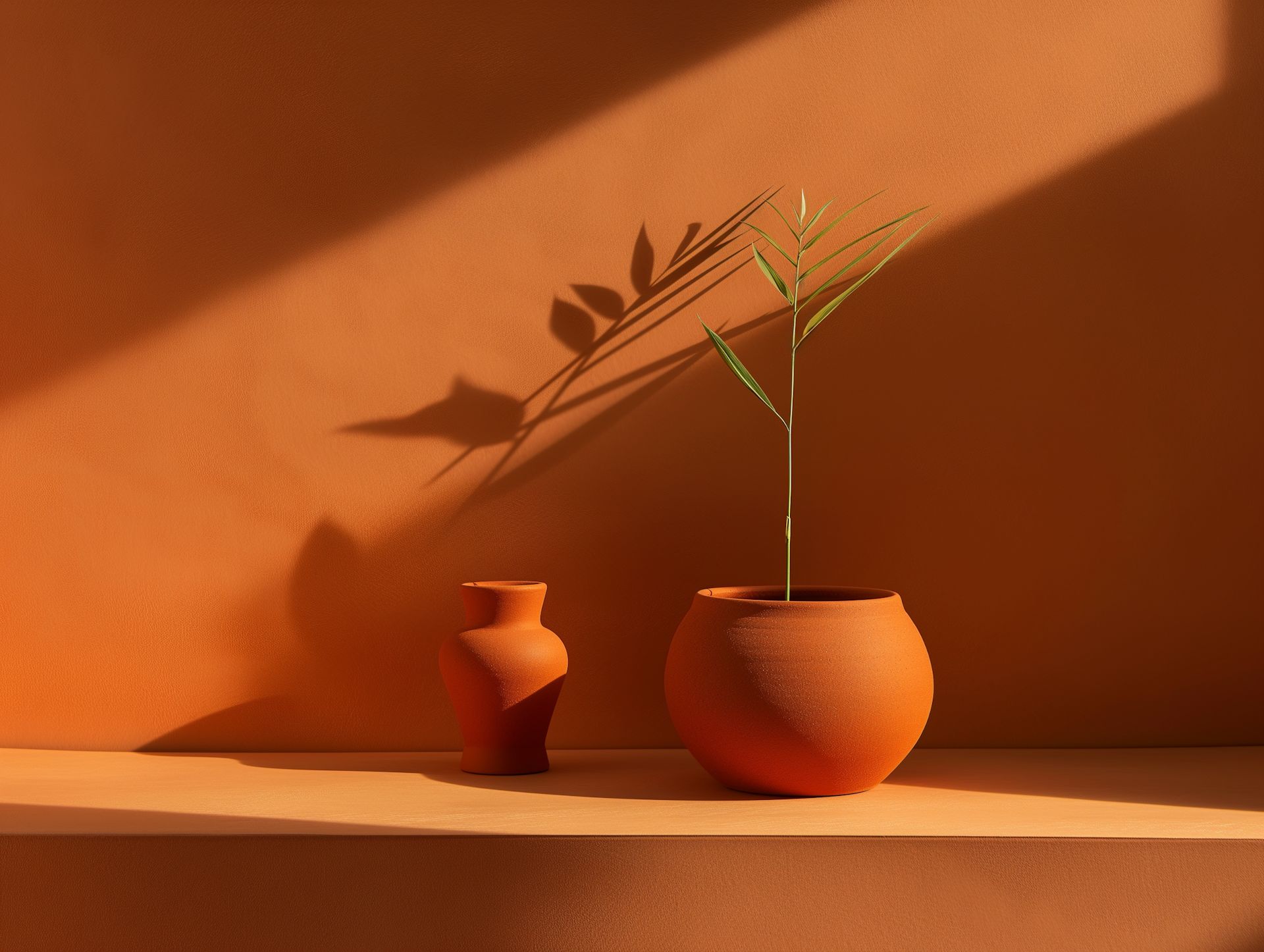
Sundargarh

Outreach by Numbers
Sundargarh is situated in the north-western part of Odisha with three sub-divisions: Sundargarh, Rourkela, and Bonai; further decentralized into 17 blocks and 17 tehsils. It covers a geographical area of 9,702 sq.km. The district has a total population of 11,03,887 out of which 41.8% belongs to Scheduled Tribes (ST), with prominent tribes/ indigenous communities being the Munda, Santhal, and Oraon tribes. Gond, Bhuiyan, Kora, Kharia and Paharia tribes also inhabit the district. Additionally, 13.7% of the population belongs to Scheduled Castes (SC). The district’s favorable climate and fertile soil support crops such as paddy, maize, pulses, oilseeds, and millets. The extensive forests in Sundargarh provide a wealth of non-timber forest products (NTFP) including Sal leaves, bamboo, wild fruits (viz. Mahua) and vegetables, honey, resin, and medicinal plants (Amla, Neem, Karanja, etc.). Besides this, the communities are engaged in subsistence livestock rearing. Sundargarh district is rich in mineral resources; particularly iron ore, coal, dolomite and bauxite, making it a key player in Odisha’s mining sector.
Harsha Trust started working in Sundargarh district in 2020 through the Wadi plantation program supported by the District Mineral Foundation, Sundargarh in Kuarmunda block. Our current approaches to ensuring community ownership of initiatives and the sustainability of interventions beyond the project period have involved building and strengthening community-led institutions such as Udyan Vikas Samiti for Wadi, Producer Groups, and FPOs for APC, encouraging women’s participation. Convergence with Odisha Millet Mission (OMM) for the promotion of Millets in tribal areas and collaboration with ATMA for Crop Diversification Programme in Mega Lift Irrigation Projects. Currently, Harsha Trust’s initiatives span three blocks, engaging with more than 5,504 households in 91 villages in 26 GPs and focusing on improving livelihoods and quality of life.
Key Achievements of 2023-24:
- Irrigation infrastructures such as lift irrigation, bore-wells and farm ponds were being set up with convergence funding of Rs. 94.13 Lakhs from OLIC & OMBADC, benefiting 97 households across 164.4 acres in 2 blocks.
- Cultivation of high-value crops such as chilly, bitter gourd, okra extended to 70 households over 35 acres, with Rs. 10.75 Lakhs mobilized through the Horticulture Department.
- 205 households in 2 blocks engaged in mushroom cultivation. These HHs are growing mushrooms in three cycles and earn an average annual income of Rs. 45,000 per family.
- 1178 HHs across 357.40 acres in 26 villages have successfully adopted Non-Pesticide Management (NPM) practices.
- Integrated Livestock Management techniques adopted by 2,197 HHs, ensuring 100% vaccination and de-worming for healthy livestock and higher-income generation. 1185 HHs have adopted BYP and 936 HHs have adopted goat rearing.